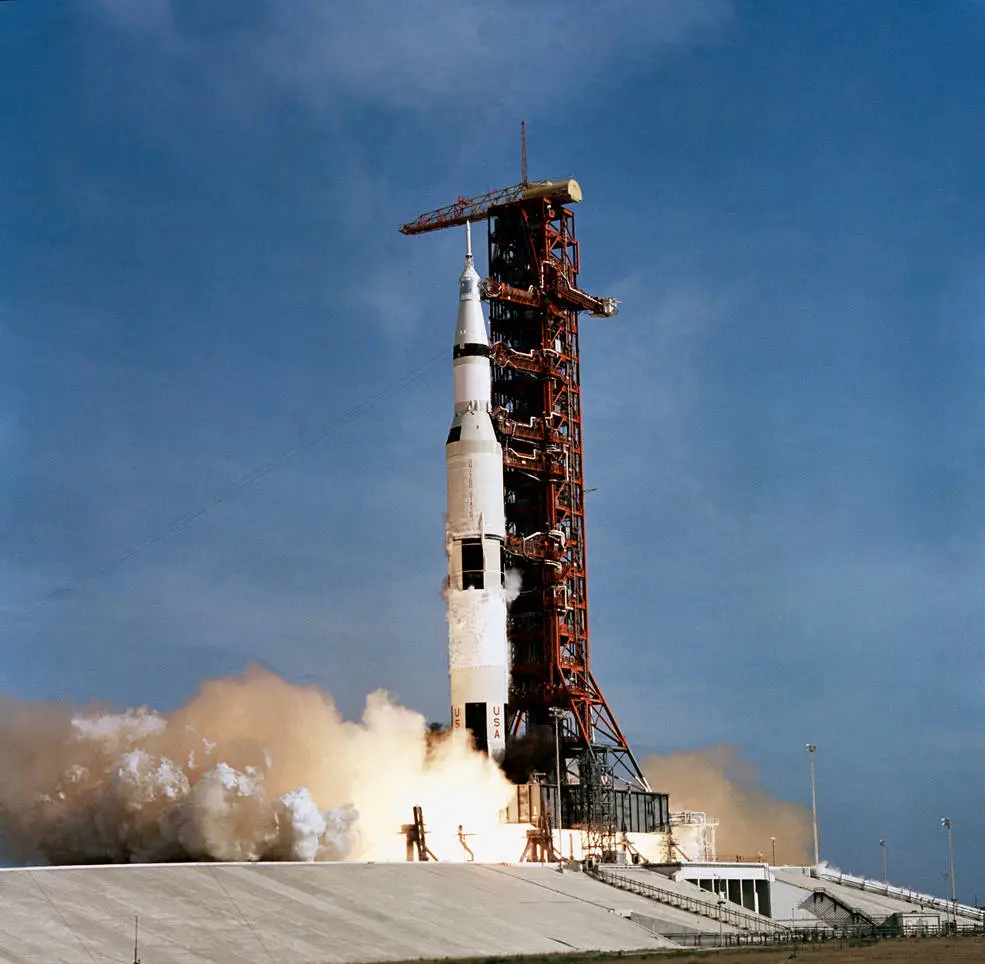As we celebrate the 55th anniversary of the Apollo 11 moon landing, it’s an opportune moment to reflect on this historic event that forever changed the course of human history. The mission, which culminated in July 1969, was a testament to human ingenuity, determination, and the spirit of exploration.
Purpose
Apollo 11’s primary goal was to fulfill President John F. Kennedy’s ambitious vision set in 1961: to land a man on the Moon and return him safely to Earth before the decade’s end. This challenge was not only a demonstration of technological prowess during the Cold War but also a beacon of inspiration for future generations of scientists, engineers, and explorers.

Challenges
The journey to achieve this lunar milestone was fraught with technical and logistical challenges. The Apollo 11 mission required the development of advanced spacecraft capable of safely transporting humans to the Moon and back. The mission faced unexpected alarms and computer issues during the lunar descent, which demanded quick thinking and problem-solving from both the crew and mission control. Despite these obstacles, the determination and expertise of the team ensured the mission’s success.

Achievements
On July 20, 1969, Apollo 11 achieved its historic goal when astronauts Neil Armstrong and Edwin “Buzz” Aldrin became the first humans to set foot on the Moon. Meanwhile, Michael Collins piloted the command module in lunar orbit. Armstrong’s iconic words, “That’s one small step for [a] man, one giant leap for mankind,” echoed the monumental significance of the moment. The mission not only showcased the United States’ technological capabilities but also inspired generations to dream big and strive for the seemingly impossible.

Legacy
The Apollo 11 mission’s legacy lives on, reminding us of the power of human curiosity and the importance of pushing the boundaries of exploration. The success of Apollo 11 continues to inspire new missions and innovations in space exploration, ensuring that the spirit of discovery remains alive and well.



